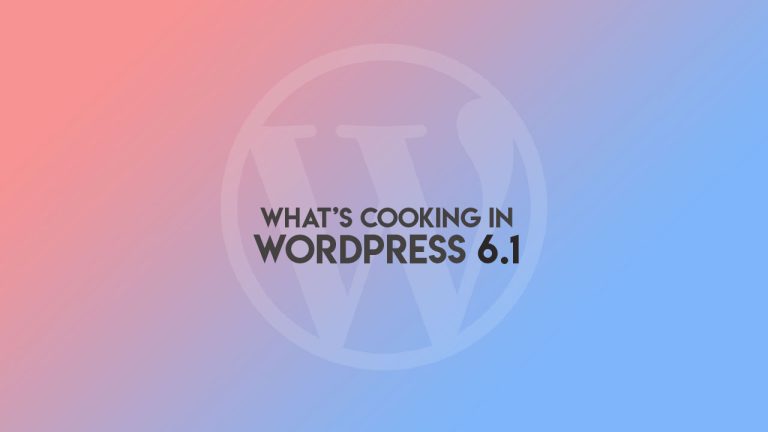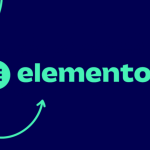No doubt that the last year in WordPress community was indeed the year of many improvements, but according to Matt and his addressing at State of the Word 2019, block-editor winner the last year’s focus in WordPress Ecosystem.
WordPress in 2019
Well, just before 2019. started officially, one major WordPress 5.0 update was just released (WordPress 5.0 was released one day before WordCamp U.S. 2018 in Nashville.).
The all-new Gutenberg editor was well underway and it paved the road to lots of changes in 2019.
Block Editor
As Mullenweg stated in the State of Word 2019 speech, “We came together and decided to make this big change cause we wanted to first disrupt ourselves. We wanted to empower more WordPress users to realize our mission of democratizing publishing, and wanted to make the web a more open and welcoming place.”
Mullenweg highlighted some of the comments that were critical of the block editor and explained that they had learned a lot from the process.

Not everyone was happy with the direction of WordPress and its new block editor. It was a rough year from a leadership perspective to have a vision and see it through, despite constant negative feedback.
“I think that we also have a great opportunity when we make big changes in the future,” said Mullenweg. “Sort of build that trust in the conversations around testing, using GitHub for development, things like accessibility. So, I understand why we had a lot of this feedback. But, we did get through it together.”
Mullenweg highlighted that, according to Jetpack plugin stats, over 50 million posts have been written in the block editor. That amounts to around 270 thousand posts per day. It is important to note that this stat is on the lower end because it only accounts for users of the Jetpack plugin. Therefore, the number is likely much higher.
He covered the performance improvements to the editor, block motion when moving blocks, typewriter mode, block previews, and the social block. “These are like the Nascar stickers of the web,” he said of social icons. “They’re everywhere.”
The Next Steps for the Block Editor
Mullenweg also covered the four phases of the Gutenberg project.
- Easier Editing
- Customization
- Collaboration
- Multilingual
The first phase was the initial launch and iteration of the block editor for content.
The second stage (currently, in time of this article) is about full site customization. This includes widgets and non-content areas, and will eventually cover areas like the site header and footer. It will be interesting to see how page-building plugins work with these upcoming changes.
Phase three, collaboration, will introduce a feature that allows multiple authors to collaborate and co-edit posts on a site in real-time. With any luck, WordPress will also build in a proper system for attributing posts to multiple authors.
The fourth and final phase cannot get here fast enough. As WordPress usage continues to grow around the world, it is a past time that it offered a multilingual experience. “We’re going to tackle the Babel fish problem,” said Mullenweg.
Also on the roadmap is the concept of block patterns. Patterns would be a group of blocks that follow common patterns seen across the web. The existing Media & Text block is an example of a common pattern, but new patterns would go far beyond something so basic.
By providing patterns to users, they could simply insert a pattern and fill in their details, which should make it easy to create rich content.





